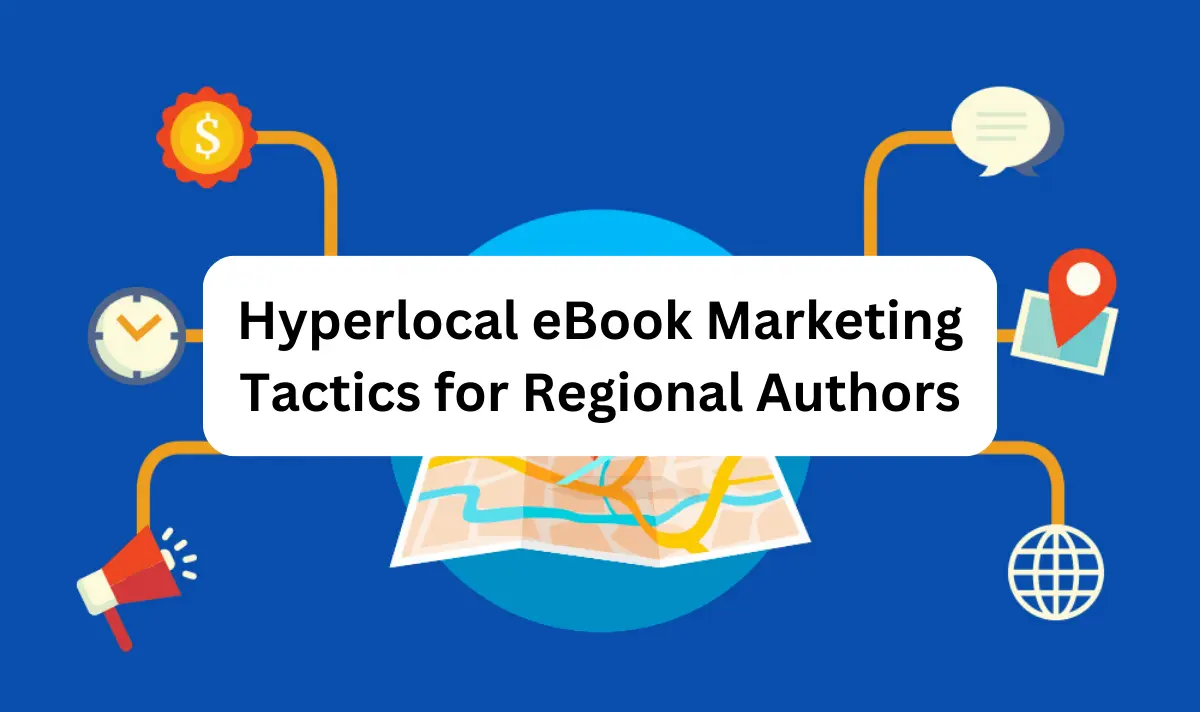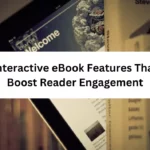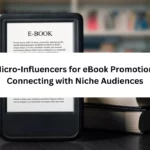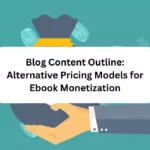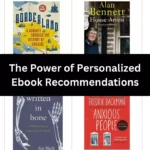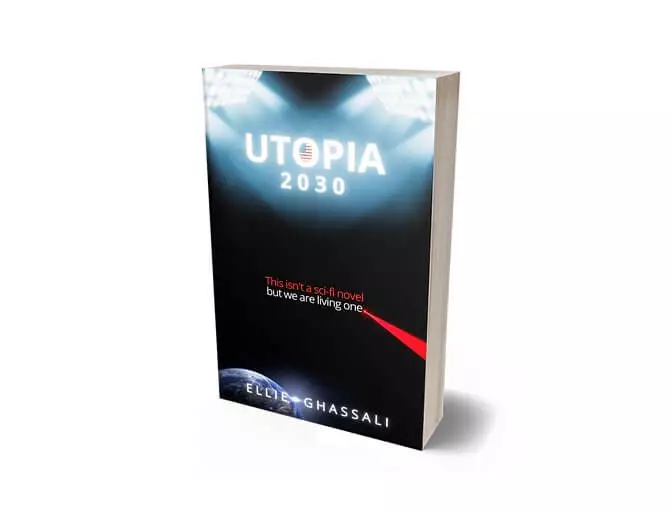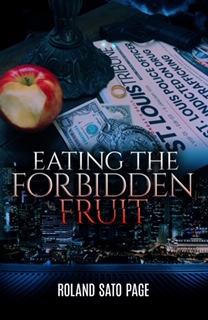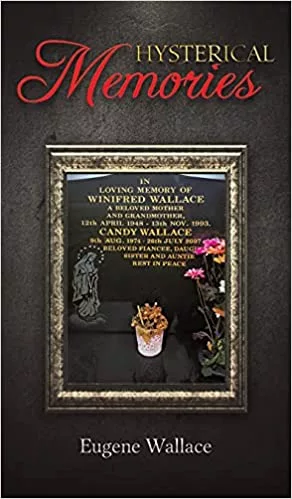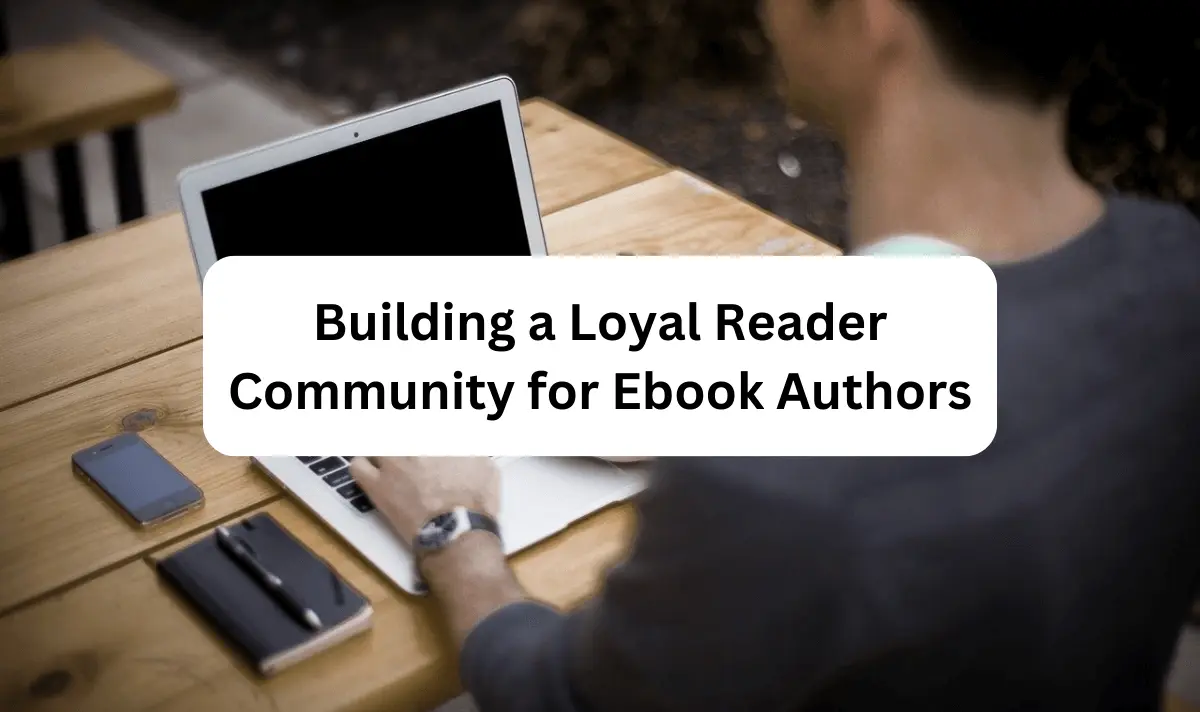
Building a Loyal Reader Community for Ebook Authors
October 17, 2024
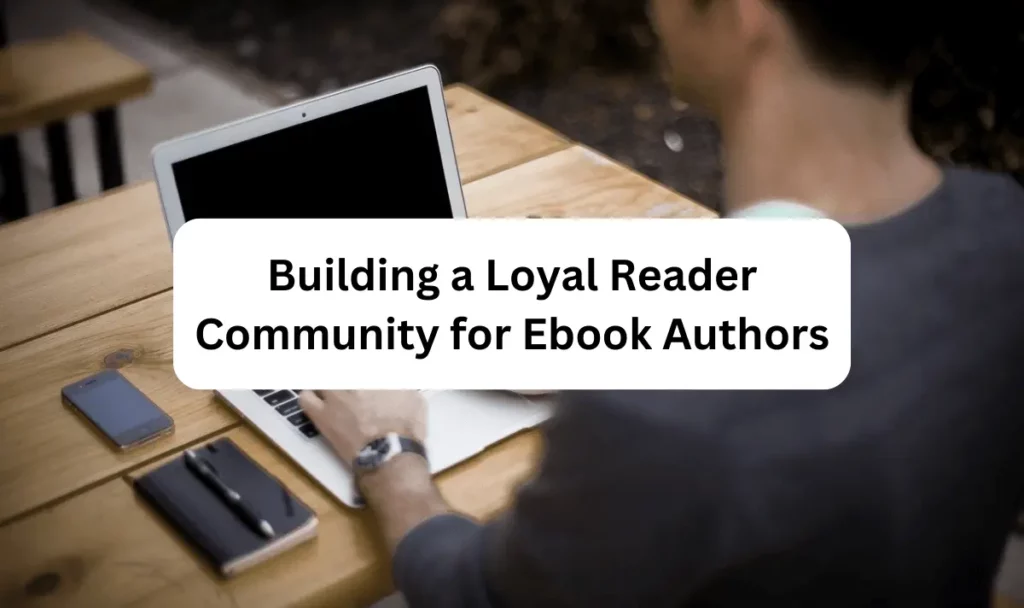
Introduction
As an ebook author, I’ve discovered the incredible power of building a loyal reader community. It’s not just about selling books; it’s about creating lasting connections with my readers. Imagine a supportive tribe eagerly awaiting your next release, engaging in discussions, and sharing their excitement with others. Through my personal journey, I’ve learned effective strategies to foster such a community. Let’s explore how we can create an engaging and vibrant reader community that will take your writing career to new heights.
Content
Creating a Newsletter and Email Marketing Strategy
I’ll share my personal experience on creating a killer newsletter and email marketing strategy to boost reader engagement and grow your loyal fanbase. Buckle up and let’s dive in!
1. Why Newsletters Matter for Ebook Authors

- Personal Connection: Newsletters allow you to connect directly with your readers, making them feel special and valued.
- Engagement Booster: Regular newsletters keep readers engaged with exclusive content and updates.
- Book Promotions: It’s a great platform to promote your latest ebook releases and special offers.
2. Growing Your Email List Organically
- Offer Value: Provide valuable incentives like free short stories, sneak peeks, or exclusive content to entice readers to subscribe.
- Opt-in Forms: Strategically place opt-in forms on your website and social media to capture email addresses.
- Collaborations: Partner with book bloggers or authors in your genre for joint promotions and cross-promote newsletters.
3. Crafting Engaging and Personalized Emails
- Engaging Subject Lines: Grab readers’ attention with catchy subject lines that pique curiosity.
- Segmentation: Divide your email list based on reader preferences to send personalized content and recommendations.
- Storytelling: Share personal anecdotes or behind-the-scenes insights to build a deeper connection with your readers.
4. Running Giveaways and Contests

- Attractive Prizes: Offer exciting prizes like signed copies, merchandise, or exclusive access to upcoming releases.
- Social Media Promotion: Leverage social media to promote giveaways and encourage participation.
- Expanding Reach: Ask participants to invite their friends to join, expanding your email list and potential readership.
5. Building and Implementing a Loyalty Program
- Exclusive Rewards: Reward loyal readers with early access to new ebooks, sneak peeks, or special discounts.
- Tiered System: Create levels of rewards based on reader engagement and interactions with your content.
- Social Sharing: Encourage readers to share your newsletters on social media to unlock additional benefits.
6. Analyzing and Improving Reader Engagement
- Track Metrics: Monitor open rates, click-through rates, and subscriber growth to gauge the effectiveness of your strategy.
- A/B Testing: Experiment with different content formats and subject lines to optimize engagement.
- Reader Feedback: Ask for feedback and suggestions from your audience to tailor your emails better.
Hosting Virtual Events and Webinars
I’m thrilled to share my personal journey and insights on hosting virtual events and webinars. Get ready to discover how these exciting online gatherings can supercharge your reader engagement and expand your author brand like never before.
1. The Impact of Virtual Events on Reader Engagement

- Breaking Boundaries: Virtual events allow you to connect with readers worldwide without geographical limitations.
- Interactive Experience: Webinars enable real-time interaction through Q&A sessions, polls, and live chats.
- Building Community: Hosting events fosters a sense of community among your readers, making them feel part of something special.
2. Organizing Successful Webinars for Ebook Authors
- Define Your Purpose: Determine your webinar’s goal—whether it’s promoting a book, sharing writing tips, or hosting author interviews.
- Planning Ahead: Create a detailed schedule, including event topics, speakers, and technical setup.
- Tech Check: Ensure smooth execution by testing your equipment, internet connection, and presentation slides beforehand.
3. Promoting and Utilizing Event Content
- Pre-Event Buzz: Build anticipation through social media teasers, email invites, and blog posts about the upcoming webinar.
- Repurpose Content: Record your webinar and transform it into blog articles, podcast episodes, or bite-sized video clips.
- Offer Replays: Make event recordings available to those who missed it, extending the value and reach of your webinar.
4. The Power of Collaboration and Co-Hosting
- Team Up with Peers: Partner with other authors or industry experts for co-hosted webinars, doubling the appeal for attendees.
- Shared Audiences: Co-hosting allows you to tap into each other’s reader communities, exposing your work to new potential fans.
- Diversify Content: Benefit from diverse perspectives and expertise, making your webinars richer and more engaging.
5. Overcoming Virtual Event Challenges

- Technical Glitches: Be prepared for unexpected technical issues and have a backup plan in place.
- Engaging Content: Keep your audience engaged with interactive elements and captivating visuals.
- Time Zones: Consider scheduling events at different times to accommodate readers from various regions.
6. Personalizing the Experience for Attendees
- Addressing Participants: Greet attendees by name and acknowledge their questions or comments during the event.
- Post-Event Interaction: Follow up with personalized thank-you emails and exclusive offers as a token of appreciation.
- Surveys and Feedback: Gather feedback to improve future events and better cater to your audience’s preferences.
Encouraging Reader Interaction and Feedback
Let’s dive into the exciting world of reader interaction and feedback. As an avid writer myself, I’ve discovered that building meaningful connections with readers is a game-changer. So, get ready to learn how to foster two-way communication and create a thriving community around your work.
1. Establishing a Two-Way Communication Channel
- Creating a Welcoming Space: Set up a reader-friendly platform, like a blog or social media group, to encourage open discussions.
- Responding Promptly: Acknowledge and reply to reader comments, questions, and messages to show you value their input.
- Hosting Live Chats: Organize live Q&A sessions or virtual book clubs to engage directly with your audience.
2. Responding to Reader Comments and Reviews
- Embracing Constructive Criticism: Address negative feedback gracefully, expressing gratitude for the insights and promising improvement.
- Celebrating Positive Feedback: Share praise from readers with gratitude, showcasing the impact your work has on their lives.
- Encouraging Reviews: Politely ask readers to leave reviews, emphasizing their importance in shaping the future of your writing.
3. Encouraging User-Generated Content
- Fan Art and Stories: Showcase reader-created content on your website or social media, celebrating their creativity.
- Writing Contests: Host writing contests or challenges, inspiring readers to contribute their own stories inspired by your work.
- Sharing Fan Contributions: Feature fan content in your newsletters or special blog posts, fostering a sense of community.
4. The Power of Polls and Surveys
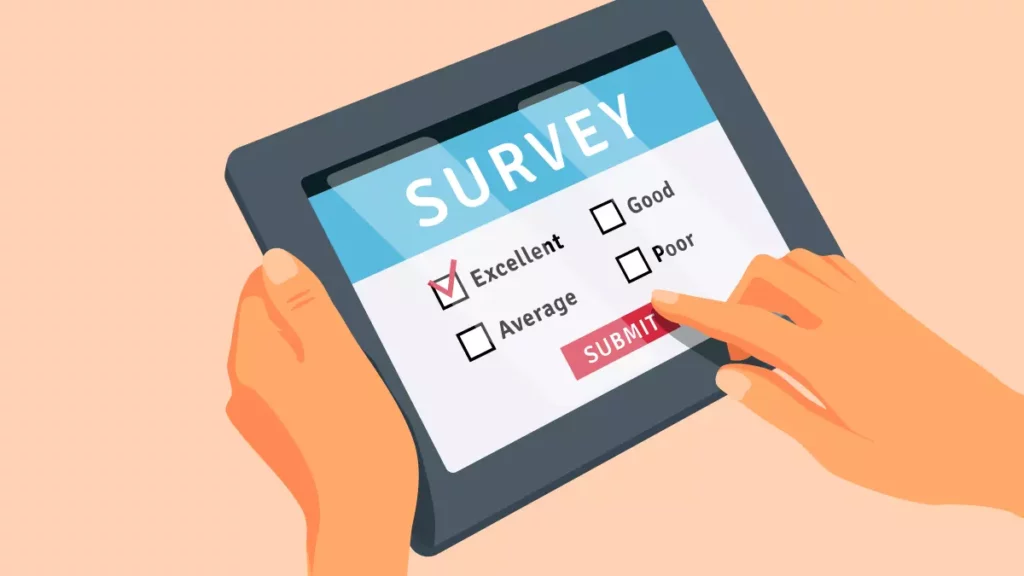
- Polling Reader Preferences: Conduct polls to involve readers in decisions like cover designs, character names, or future storylines.
- Gathering Feedback: Send surveys to understand readers’ interests and expectations, helping you tailor content to their liking.
- Implementing Suggestions: Act on feedback and inform readers of the changes made based on their valuable input.
5. Building a Sense of Ownership and Inclusion
- Exclusive Sneak Peeks: Offer early access to upcoming book chapters or exclusive content, making readers feel like insiders.
- Behind-the-Scenes: Share glimpses of your writing process, research, and inspirations, connecting readers to your creative journey.
- Reader Shoutouts: Mention and appreciate loyal readers in your acknowledgments or social media posts, acknowledging their support.
6. Harnessing Social Media Engagement
- Interactive Posts: Use polls, quizzes, or caption contests to encourage participation and interaction on social platforms.
- FanFriday: Create a weekly fan appreciation event, spotlighting reader reviews, fan art, or inspiring stories.
- Going Live: Schedule live sessions for book discussions, writing tips, or even just casual chats with your readers.
By embracing reader interaction and feedback, I’ve not only strengthened my bond with readers but also improved my writing. Remember, it’s all about creating a welcoming space for your readers, listening to their thoughts, and involving them in your creative journey. So, let’s embark on this exciting adventure together, and witness how a supportive reader
community can elevate your writing to new heights!
Conclusion
As an ebook author, I can confidently say that building a loyal reader community is a game-changer. Through meaningful interactions, engaging content, and genuine connections, I’ve witnessed the transformation of casual readers into devoted fans. Embracing feedback and involving readers in the creative process not only strengthens the bond but also leads to better storytelling. So, let’s embark on this journey together, creating a vibrant reader community that supports and elevates our writing, making our authorship dreams come true. Happy writing and connecting!
u003cstrongu003eHow can I effectively engage with my readers to build a loyal community?u003c/strongu003e
Building a loyal reader community requires consistent engagement. Interact with readers through social media, blog posts, and newsletters. Respond to comments, host Qu0026amp;A sessions, and encourage discussions about your books.
u003cstrongu003eHow can I encourage reader feedback and reviews?u003c/strongu003e
Encouraging reader feedback is crucial for community building. Request reviews at the end of your ebooks and on social media. Respond to reviews with gratitude, addressing any constructive criticism professionally.
u003cstrongu003eWhat role does social media play in building a loyal reader community?u003c/strongu003e
Social media is a powerful tool for connecting with readers. Utilize platforms like Facebook, Instagram, and Twitter to share updates, book releases, and engaging content. Host live events, polls, and contests to boost interaction.
u003cstrongu003eHow can I leverage email marketing to strengthen my reader community?u003c/strongu003e
Email marketing is a valuable channel to nurture reader relationships. Offer readers the option to subscribe to your newsletter on your website and social media. Send personalized emails with exclusive content, sneak peeks, and special offers.
u003cstrongu003eWhat strategies can I employ to attract new readers and grow my community?u003c/strongu003e
To attract new readers and expand your community, collaborate with fellow authors or influencers in your genre. Offer guest posts or interviews on each other’s platforms. Participate in online book clubs or writing forums to connect with potential readers.

Off-road enthusiast, adventurer, and nature lover – that’s Chris. Follow him as he conquers rugged terrains and shares the untamed beauty of the great outdoors through the lens of his trusty all-terrain vehicle.

